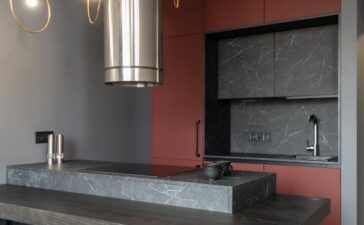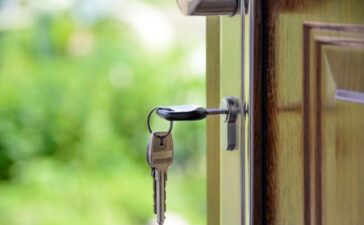Bamboo floorboards have emerged as a popular and eco-friendly alternative to traditional hardwood flooring, captivating homeowners with their unique blend of sustainability, durability, and aesthetic appeal. In this article, we dive into the world of bamboo floorboards, exploring their characteristics, environmental benefits, installation considerations, and the enduring charm they bring to interior spaces.
Bamboo, a fast-growing grass, has become a star in the flooring industry. Its rapid growth and renewability make it an eco-conscious choice for homeowners seeking sustainable alternatives to traditional hardwood. Bamboo floorboards, once a niche option, are now making a significant impact on interior design due to their versatility and environmental advantages.One of the primary draws of bamboo floorboards Geelong lies in their eco-friendly nature. Bamboo is a highly renewable resource, with some varieties growing up to three feet in a single day. Unlike traditional hardwood trees that take decades to mature, bamboo reaches maturity in just a few years, making it a sustainable and environmentally responsible choice for flooring.

While bamboo is technically a grass, it boasts remarkable hardness and durability, rivalling many hardwood species. Strand-woven bamboo, in particular, undergoes a process that compresses the fibres, resulting in a material that is harder than traditional hardwoods like oak or maple. This durability makes bamboo floorboards resistant to scratches, dents, and other forms of wear, ensuring a long-lasting and resilient flooring option.Bamboo floorboards come in a variety of styles, colours, and finishes, providing homeowners with the flexibility to match their flooring choices to their interior design preferences. Natural bamboo exudes a light, airy feel, while carbonized bamboo, achieved through a heat-treating process, takes on warmer tones. Additionally, various finishes, such as matte or glossy, further enhance the aesthetic possibilities.
Installing bamboo floorboards is typically straightforward, and many homeowners find it to be a DIY-friendly option. The planks often come with a tongue-and-groove system that facilitates interlocking during installation. Additionally, bamboo can be glued, nailed, or floated over different subfloor types, allowing for versatility in installation methods.Bamboo floorboards bring a natural warmth to interior spaces. The material’s inherent qualities make it an excellent choice for areas where a cosy and inviting atmosphere is desired. Whether in a living room, bedroom, or even the kitchen, bamboo floorboards create a welcoming ambience that complements various design styles.

Maintaining bamboo floorboards is relatively simple. Regular sweeping or vacuuming helps prevent the accumulation of dirt and debris, while a damp mop can be used for occasional cleaning. It’s essential to avoid excessive moisture, as bamboo can be sensitive to water. With proper care, bamboo floors maintain their beauty and integrity over time.Bamboo floorboards lend themselves well to various design aesthetics. From contemporary and minimalist interiors to more traditional or eclectic styles, bamboo’s versatility allows it to seamlessly integrate into diverse design schemes. The wide range of available finishes and colours further enhances its adaptability to different design preferences.
Beyond its eco-friendly and practical qualities, bamboo floorboards possess a distinct aesthetic appeal. The natural grain patterns and subtle colour variations contribute to a visually pleasing flooring option. The contemporary look of bamboo adds a touch of modernity to spaces, making it a sought-after choice for those aiming to strike a balance between elegance and environmental consciousness.
You Might Also Like
The Best List of Things to Do to Clean Grease in Homes and Businesses in Narrabri
Grease is a sly enemy that hides in kitchens and workplaces, waiting to cause trouble when you least expect it. ...
Unlocking Solutions: The Best Guide to Windsor’s Locksmith Services
When you can't get into your car or house, it's easy to get scared. When you need help, having a...
Daily Habits That Can Help Manage Depression
Depression is a prevalent mental health condition that can significantly impact a person’s quality of life. However, adopting positive daily...
Explore the Best of JND Outdoor Furniture. Improve Your Australian Outdoor Space
Regarding appreciating the great outdoors, proper furniture can make all the difference. Imagine having guests for an evening barbecue under...









